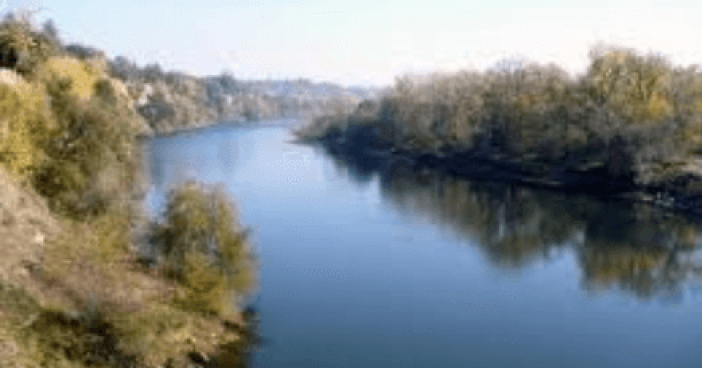For more than 30 years, the valley elderberry longhorn beetle (VELB; Desmocerus californicus dimorphus) has been listed under the Federal Endangered Species Act (FESA) as a threatened species. Signed into law by Richard Nixon in 1973, FESA was designed to protect critically imperiled species from extinction as a “consequence of economic growth and development untempered by adequate concern and conservation” ESA; Title 7 of the United States Code § 136, Title 16 of the United States Code § 1531 et seq. Under FESA, species identified as “threatened” are species which are likely to become an endangered within the foreseeable future throughout all or a significant portion of its range.

The VELB is associated with elderberry trees (Sambucus spp.) in California’s Central Valley during its entire life cycle. Historically, the beetle ranged throughout the Valley, but fragmentation has limited the beetle in scattered localities along the Sacramento, American, San Joaquin, Kings, Kaweah, and Tule Rivers and their tributaries. For this reason, the United States Fish and Wildlife Service (FWS) also designated the elderberry as critical habitat for VELB.
Following their designation of elderberry as critical habitat, in 1999 FWS released a protocol, or “conservation guidelines,” for projects in the vicinity of the VELB or elderberry bushes. The protocol requires extensive surveying of project sites, avoidance procedures, and mitigation that includes transplantation and monitoring of plants that cannot be avoided. Historically, these requirements have added significant time and expense to projects throughout the Central Valley.
As a part of a lawsuit settlement, in 2005 the FWS began undertaking a status review of the species. During this review, a detailed study of the VELB’s status and threats to existence was conducted. Despite a recommendation for delisting of the species in 2006, the status review was never acted upon by FWS and the VELB continues to be listed.
In 2010, the Pacific Legal Foundation filed a petition on behalf of landowners, farm bureaus, and flood districts in the Sacramento Valley who have been burdened by the FESA VELB protections. Their petition requested the delisting of VELB from “threatened” status. The petition included the FWS’s own status review as supporting documentation. As a result, FWS conducted endangered species surveys and issued a finding in 2011 that the petition contained “substantial information that delisting of the beetle may be warranted.
On October 2, 2012, FWS published their proposed rule in the Federal Register, constituting the Agency’s 12-month finding to delist the VELB. As a result of FWS status review, the Agency found that the delisting of the VELB is warranted and proposed the removal of the VELB from the “List of Endangered and Threatened Wildlife” and removed designated critical habitat. This was due to riparian vegetation restoration efforts throughout the Central Valley and abundance of elderberry bushes. Public comments will be accepted by FWS until December 3, 2012.
Given the notoriously complicated and expensive compliance associated with projects in which elderberry bushes are present, the proposed delisting will likely be welcome news to land owners, farmers, and utility districts alike. The delisting of VELB would streamline what can be an expensive and time-intensive regulatory process.
For more information regarding how FirstCarbon Solutions can better serve you with our technical expertise in the endangered species act and regulatory services, request a consultation today.
Did you enjoy this post? The author of this article is Angela McIntire. Learn more about her here.





